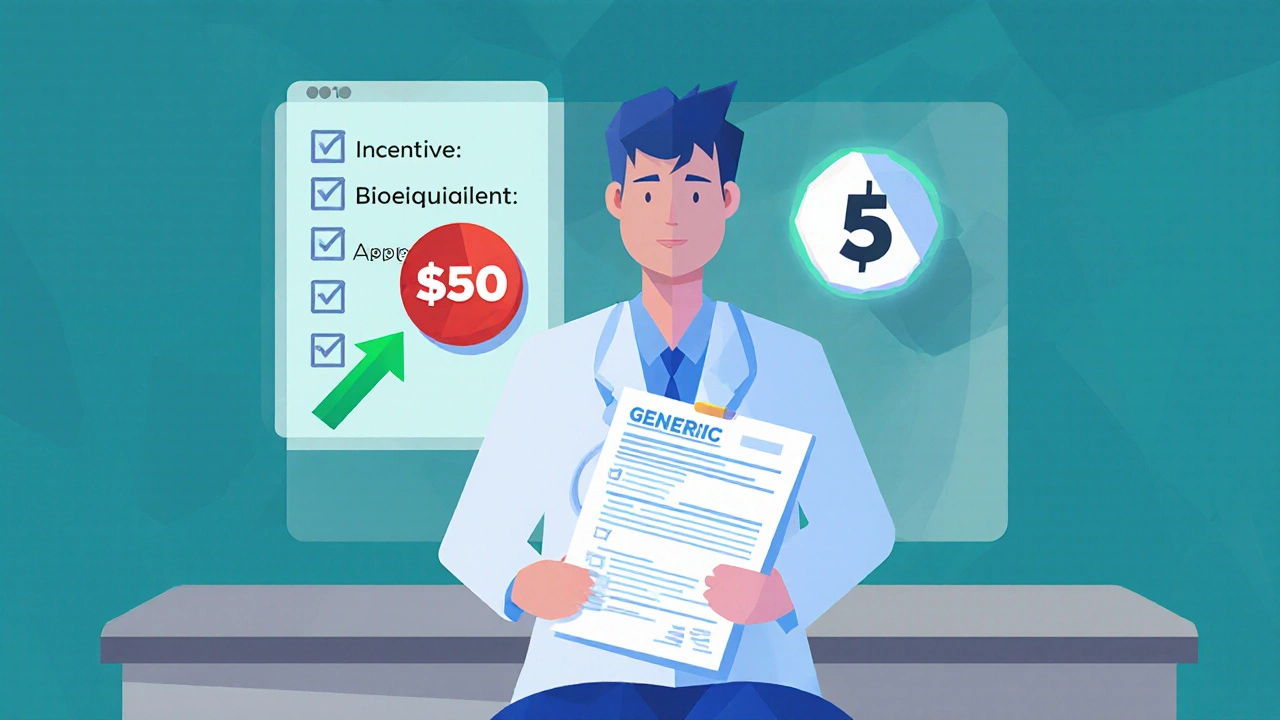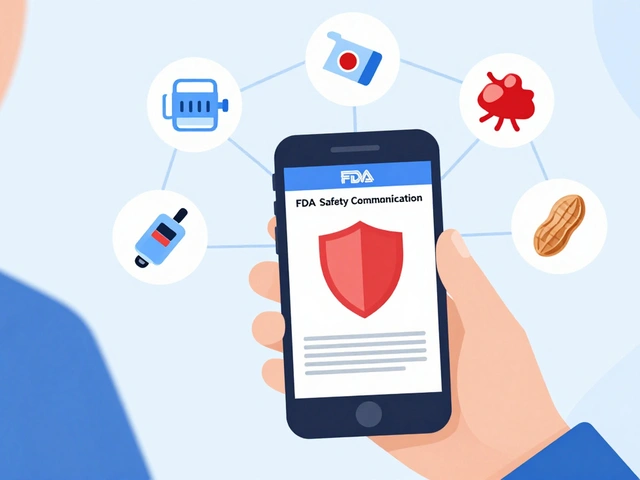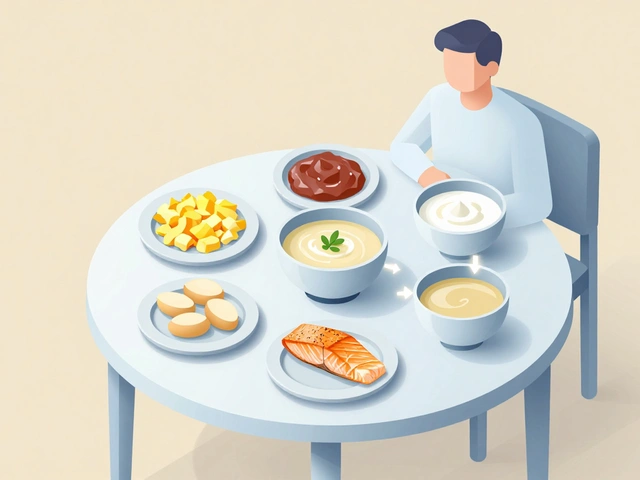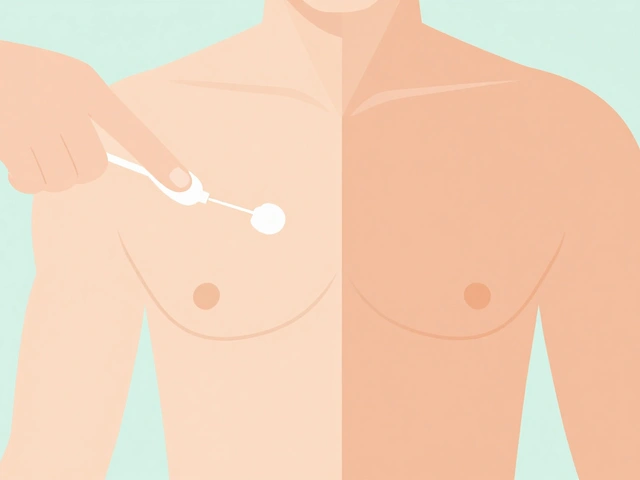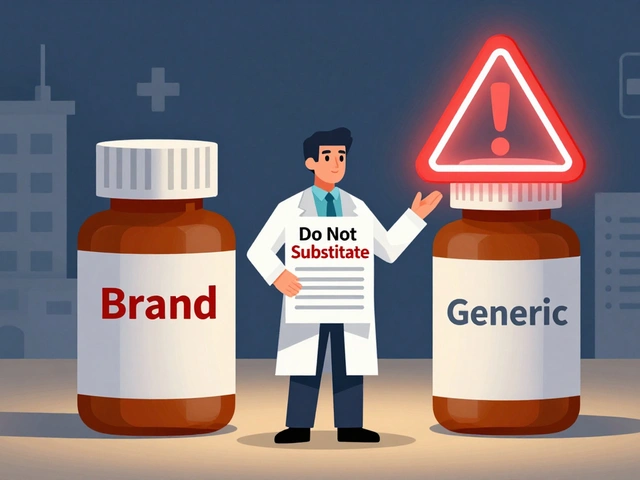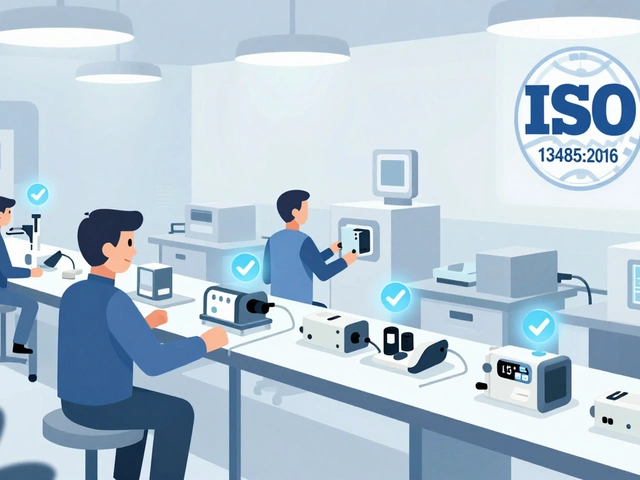Healthcare Cost Savings: How Generic Drugs and Policy Changes Lower Your Bills
When it comes to healthcare cost savings, the real ways people cut spending on medicines without losing effectiveness. Also known as affordable medication access, it’s not about skipping care—it’s about choosing smarter, science-backed options that work just as well but cost a fraction. Most people don’t realize that the same pill you pay $200 for under a brand name often costs $5 as a generic. The gap isn’t about quality—it’s about patents, corporate strategy, and who gets to decide what’s affordable.
One major driver of healthcare cost savings, the real ways people cut spending on medicines without losing effectiveness. Also known as affordable medication access, it’s not about skipping care—it’s about choosing smarter, science-backed options that work just as well but cost a fraction. Most people don’t realize that the same pill you pay $200 for under a brand name often costs $5 as a generic. The gap isn’t about quality—it’s about patents, corporate strategy, and who gets to decide what’s affordable.
One major driver of compulsory licensing, a legal tool governments use to let generic makers produce life-saving drugs without the patent holder’s permission. This is how countries like India and South Africa brought down HIV drug prices by 90% during the AIDS crisis. It’s not piracy—it’s public health policy. And when a government steps in during a crisis, it doesn’t kill innovation. It just stops companies from holding patients hostage for profit.
Then there’s patent evergreening, when drug companies make tiny, meaningless changes to a drug just to extend their monopoly. A new coating. A slightly different dose. A renamed version. None of it improves how the drug works—but it blocks generics for years longer. That’s why some medications stay expensive for over two decades, even after the original patent expires. These tricks are legal in many places, including the U.S. And they’re why your insulin or asthma inhaler still costs hundreds—even though the formula is decades old.
It’s not just about laws. Doctors play a role too. Many still prescribe brand names out of habit, even though 90% of prescriptions in the U.S. are for generics. Why? Because medical schools barely teach bioequivalence. If your doctor doesn’t know generics are just as safe and effective, they won’t push them. That’s changing—but slowly.
And it’s not just pills. Where you buy matters. Buying generic Provera or hydrochlorothiazide online from a verified source can save you 70% or more. But only if you know how to spot a real pharmacy. That’s why people are turning to trusted hubs like this one—to compare options, check prices, and avoid scams.
What you’ll find below isn’t theory. These are real stories: how heat turned a fentanyl patch into a death trap, how stress raises blood clot risks, how environmental toxins shut down periods, how support groups help families with heart conditions. Every post here ties back to one thing: saving money doesn’t mean sacrificing health. It means understanding the system—and using it right.
Generic prescribing incentives reward doctors for choosing cost-effective generic drugs. Learn how these programs work, their real-world impact, and why some providers push back-even when generics are just as effective.
Continue reading...

